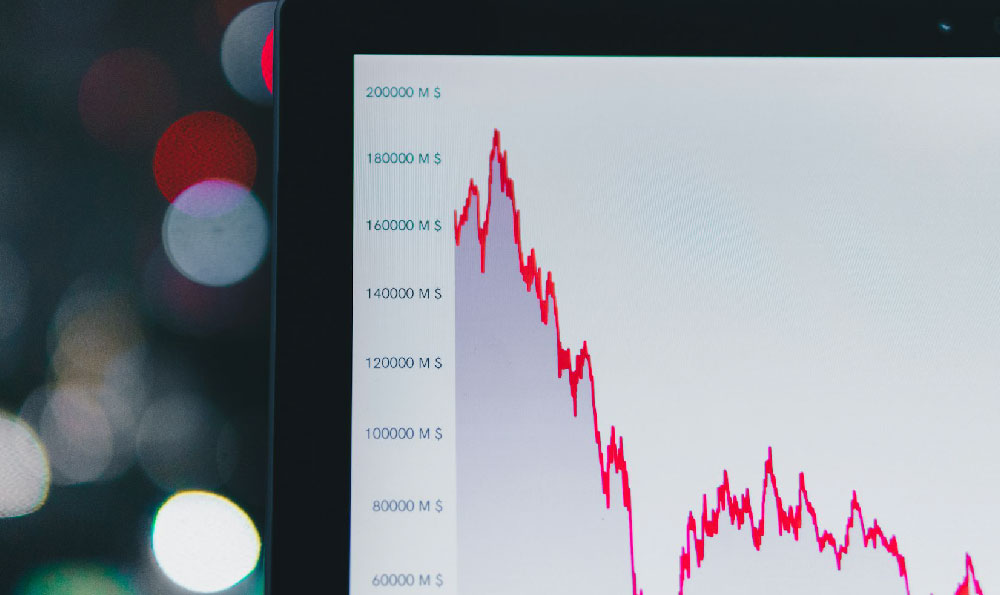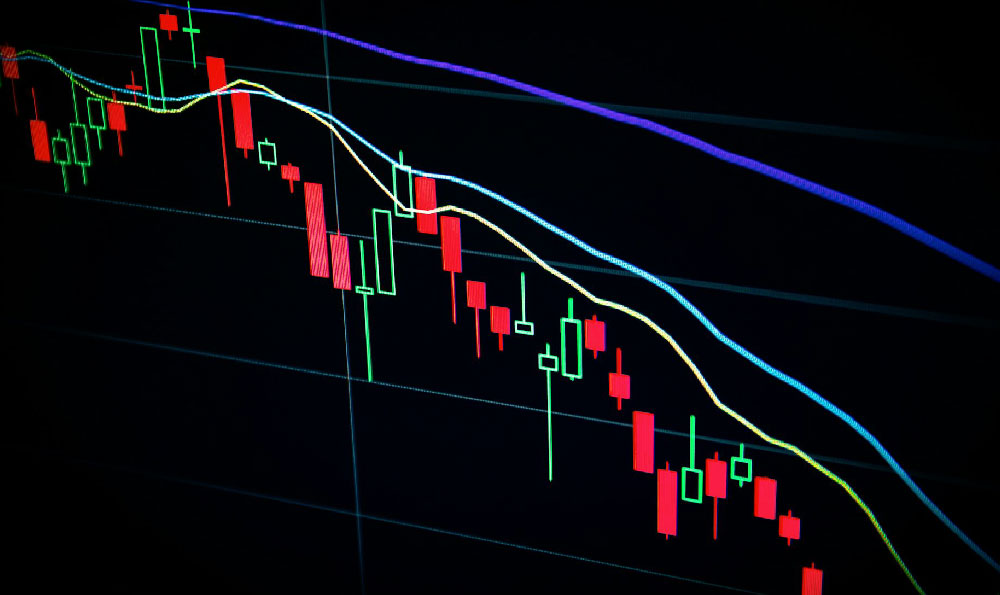How Did Elon Get Rich, and What Were His Key Strategies?
Elon Musk's extraordinary wealth accumulation is a testament to his audacious vision, relentless work ethic, and a knack for identifying and capitalizing on disruptive technologies. He didn't inherit his fortune, nor did he stumble upon it. Instead, his journey is a masterclass in entrepreneurial grit, strategic risk-taking, and unwavering belief in his own abilities. Understanding his path and the strategies he employed offers valuable lessons for anyone seeking to build significant wealth.
One crucial element of Musk's success story is his early venture into the internet realm. Before electric cars and space exploration, there was Zip2, a web software company he co-founded with his brother Kimbal. Zip2 provided online business directories and mapping services to newspapers. While seemingly mundane today, in the mid-1990s, this was groundbreaking. Musk's technical aptitude and business acumen proved vital in securing early contracts and navigating the burgeoning internet landscape. The sale of Zip2 to Compaq for $307 million in 1999 provided Musk with his initial capital injection, a sum he could have easily used for early retirement. However, he saw it as fuel for even grander ambitions.
Instead of resting on his laurels, Musk channeled his newfound wealth into X.com, an online financial services and email payment company. This venture, later merged with Confinity to become PayPal, highlights another key strategy: identifying and addressing unmet needs in rapidly evolving markets. Musk recognized the potential of online payments and was determined to revolutionize the financial industry. Although he was eventually ousted as CEO of PayPal, the company's subsequent sale to eBay in 2002 netted him approximately $180 million after taxes. This solidified his position as a serious player in the tech world and provided the financial foundation for his most ambitious projects yet.

With his PayPal fortune, Musk embarked on two ventures that many considered ludicrous at the time: SpaceX and Tesla. Investing a significant portion of his wealth into these companies was an incredibly risky move. SpaceX aimed to revolutionize space travel by making it more affordable and accessible, while Tesla sought to accelerate the world's transition to sustainable energy. Both industries were dominated by established players with deep pockets and entrenched interests. Experts widely predicted Musk's failure, citing the inherent complexities of space exploration and the capital-intensive nature of the automotive industry.
However, Musk's unwavering belief in his vision, coupled with his ability to attract and motivate top talent, proved to be a powerful combination. He didn't just provide funding; he immersed himself in the technical details of both companies, working alongside engineers and designers to overcome seemingly insurmountable challenges. He fostered a culture of innovation and risk-taking, encouraging his teams to push the boundaries of what was possible. SpaceX's initial failures were followed by groundbreaking successes, including becoming the first private company to send a spacecraft into orbit and dock with the International Space Station. Tesla, after facing near-bankruptcy and production bottlenecks, eventually emerged as the leading electric vehicle manufacturer, disrupting the entire automotive industry.
Beyond sheer technical prowess, Musk's mastery of marketing and brand building played a crucial role in his success. He cultivated a public persona as a visionary leader, unafraid to make bold pronouncements and pursue seemingly impossible goals. He leveraged social media to directly engage with customers, building a loyal following and generating immense hype around his products. His product launches were meticulously planned and executed, creating a sense of excitement and anticipation that few other companies could match. This ability to capture the public imagination and build a strong brand has been instrumental in attracting investors, customers, and talented employees to his ventures.
Another crucial strategy is Musk's willingness to take calculated risks. He understands that innovation requires experimentation and that failure is an inevitable part of the process. He is not afraid to challenge conventional wisdom and pursue unconventional solutions. This willingness to push boundaries and embrace risk has allowed him to achieve breakthroughs that others deemed impossible. Furthermore, Musk's long-term vision is a key driver of his success. He is not simply focused on short-term profits; he is driven by a desire to solve some of the world's most pressing problems, such as climate change and the long-term survival of humanity. This overarching vision provides a sense of purpose and inspires him to overcome obstacles that would deter most other entrepreneurs.
Finally, Musk's ability to reinvest his profits back into his companies has been crucial for their growth and success. Instead of hoarding his wealth, he has consistently reinvested his earnings into research and development, expanding production capacity, and pursuing new ventures. This commitment to reinvestment has allowed his companies to grow exponentially and maintain their competitive edge.
In conclusion, Elon Musk's path to wealth is a complex interplay of several key factors. It wasn't luck but a combination of strategic foresight, calculated risk-taking, relentless dedication, marketing genius, and a visionary zeal to solve grand challenges. He identified emerging markets, built innovative products, cultivated a powerful brand, and reinvested his profits wisely. While not everyone can replicate his extraordinary success, his journey provides valuable insights into the power of innovation, perseverance, and a willingness to challenge the status quo in the pursuit of a grand vision. His story serves as an inspiration for aspiring entrepreneurs and a reminder that extraordinary wealth is often the byproduct of solving significant problems and creating immense value for society.















